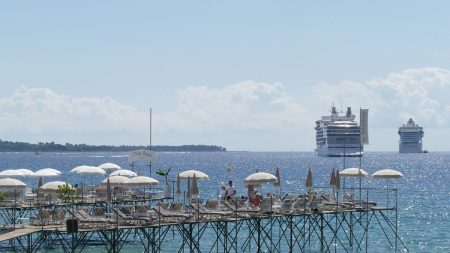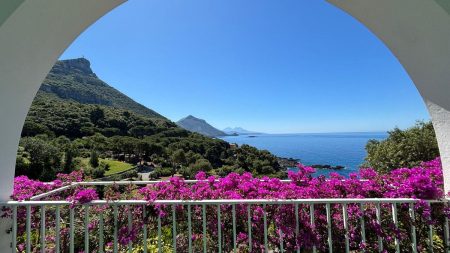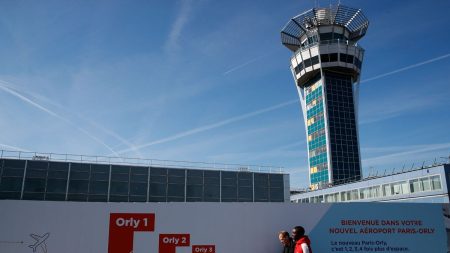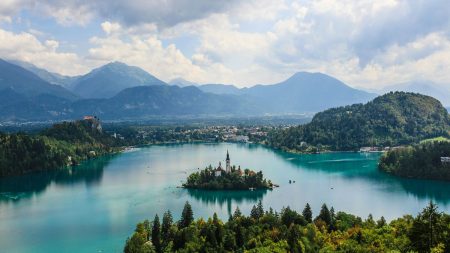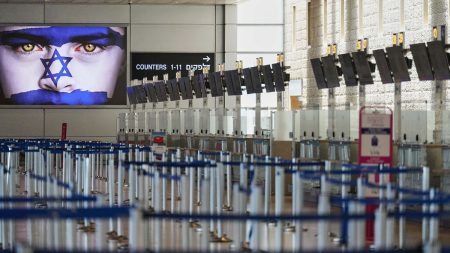On the Reykjanes Peninsula in Iceland, a new volcanic eruption has been reported, marking the seventh occurrence since December. This recent eruption began abruptly at 11:14 PM on a Wednesday and has created a 3-kilometer fissure known as Sundhnúkur. Lava flows from this fissure are reported to be moving at 100 meters per hour and have reached the vicinity of the Blue Lagoon, a major tourist destination in Iceland. The Icelandic Meteorological Office has assessed that the scale of this eruption is smaller compared to previous eruptions, specifically those that occurred in August and May, indicating a variance in volcanic activity.
Despite the close proximity of the lava flow—approximately 20 kilometers from the eruption site—Keflavik International Airport, Iceland’s primary airport, continues to operate without interruptions to flights. The continued functionality of the airport despite the volcanic activity reflects the nation’s preparedness and experienced handling of such natural events. The Icelandic authorities are well-versed in managing the potential hazards associated with volcanic eruptions, including their implications for air travel, which has historically faced challenges during significant eruptions.
Local authorities have taken precautionary measures by evacuating visitors from the Blue Lagoon, which has temporarily closed its facilities in light of the lava flow reaching its parking area. As the town of Grindavík lies just southwest of the volcanic activity, it has also been evacuated. The local population, comprised of about 3,800 residents, had previously been exposed to risks from seismic activities, resulting in earlier evacuations caused by large cracks opening in the earth. While experts indicate that Grindavík is not currently in immediate danger, the authorities emphasize the need for caution and vigilance.
The Icelandic Civil Protection agency has warned both tourists and residents to maintain a safe distance from the eruption site, clarifying that the current volcanic activity should not be treated as a tourist attraction. Local officials have stressed that despite the visually alluring nature of volcanic eruptions, safety remains a top priority. With the unique geological activities of the Reykjanes Peninsula, the government underscores the seriousness of the situation to ensure public safety and discourage recklessness in approaching the lava flow.
Although there were concerns that the eruption would affect travel plans, the readiness of the Icelandic authorities has kept flights to and from Keflavik International Airport unaffected. Passengers have been advised to stay informed about their flight statuses while understanding the operational safety measures in place. Authorities note that Iceland frequently experiences volcanic eruptions, allowing for robust preparedness strategies that minimize disruptions during such events, thereby maintaining normalcy for international travel and tourism.
As for the Blue Lagoon, it has confirmed a closure until November 24 while assessing the safety of reopening operations. Management has committed to reaching out to customers with existing bookings, offering flexibility in altering plans due to the eruption. Overall, while Iceland remains a safe destination, travelers are urged to heed ongoing announcements regarding volcanic activity and adhere to local regulations, ensuring that their visit can continue without incident while respecting the natural phenomena occurring on the peninsula.






